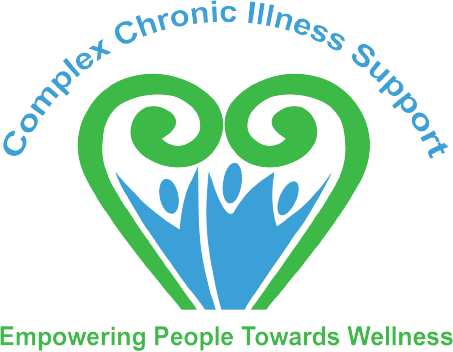Inspiratory muscle training improves autonomic function in myalgic encephalomyelitis/chronic fatigue syndrome and post-acute sequelae of SARS-CoV-2: A pilot study
Edgell, H., Pereira, T. J., Kerr, K., Bray, R., Tabassum, F., Sergio, L., & Badhwar, S. (2025). Inspiratory muscle training improves autonomic function in myalgic encephalomyelitis/chronic fatigue syndrome and post-acute sequelae of SARS-CoV-2: A pilot study. Respiratory Physiology & Neurobiology, 331, 104360. https://doi.org/10.1016/j.resp.2024.104360
Many symptoms of ME/CFS and Long COVID are a result of our autonomic nervous system (the things we do automatically, like sweating, changing our heart rate or blood pressure, and unconscious breathing) getting out of whack. This is known as dysautonomia.
The authors of this paper wanted to see if inspiratory muscle training (IMT) could improve the autonomic function of people with ME/CFS and Long COVID. IMT is using a breathing trainer device to help strengthen the lungs.
The authors hypothesised that the training would improve the respiratory metaboreflex. The respiratory metaboreflex is a physiological response where the body prioritises blood flow to the breathing muscles (like the diaphragm) over other working muscles, especially during intense exercise, to ensure adequate oxygen delivery and ventilation. This in turn would improve autonomic balance between the sympathetic (fight or flight) and parasympathetic (rest and digest) autonomic systems. This in turn would improve ME/CFS/LC symptoms.
In the past IMT has been shown to have benefits for heart failure patients as well as for healthy participants.
There were three groups in this study: ME/CFS, Long COVID, and healthy participants used as a control. The authors found that IMT improved autonomic function and pain in the ME/CFS group. It also improved sleep symptoms, heart rate variability, resting heart rate and the six minute walk test (how long can they walk in six minutes) in all participants. They also saw increased maximum inspiratory pressure (the strength of breathing muscles) in all participants.
If you are interested in trying this out yourself, you can buy a breathing trainer at a pharmacy. However, it is important to discuss it with your doctor first as it is not appropriate for people with certain heart or lung conditions. You also cannot use this device if you have ear problems, although you may be able to do a more gentle version in which you breathe through a straw. If you and your doctor do decide that this training is appropriate for you, you will likely start at a very low resistance and work your way up.
This is a pilot study which means it is just a first step in terms of researching this topic. As it has had positive results it is hopeful that this technique will be researched further. If you and your doctor do decide to try IMT please let us know how it goes! It would be great to hear if you have found it to be helpful.
